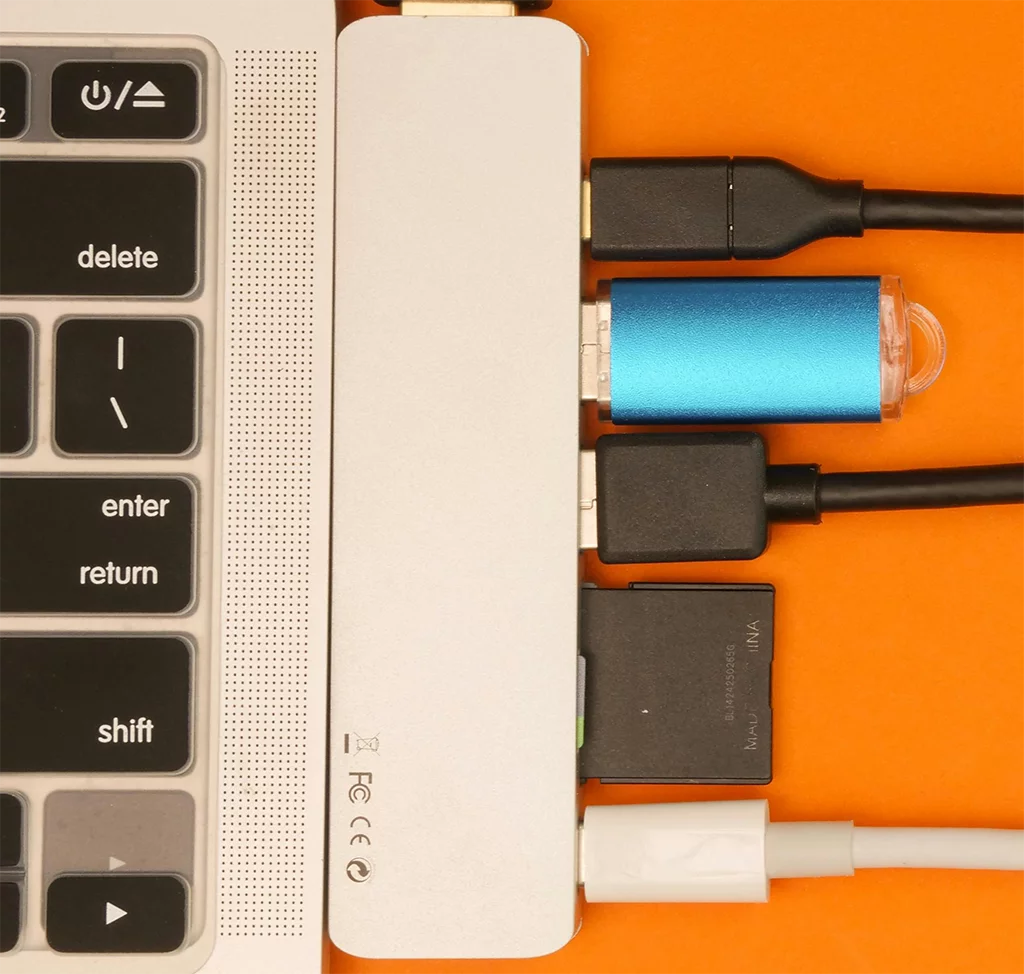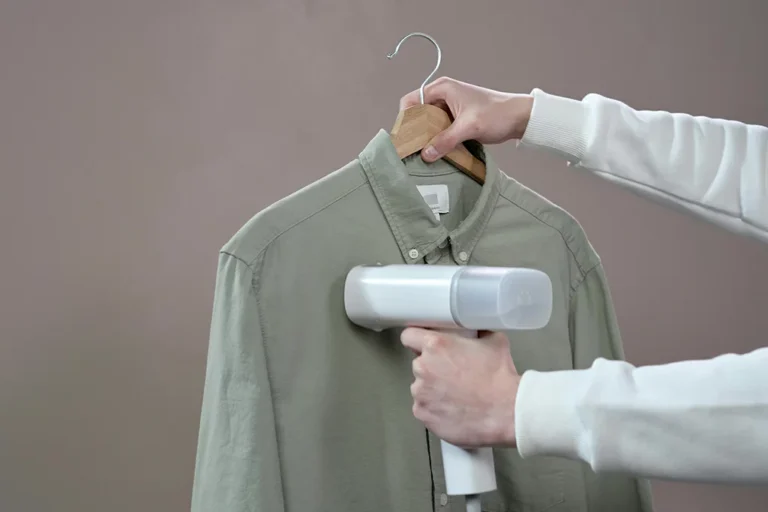10 Best USB Hubs for Seamless Connectivity in 2025

With the proliferation of digital technology, a reliable USB hub becomes a valuable accessory for expanding the connectivity of your computer or laptop. If you’re working from home, gaming, or need extra ports for devices, a USB hub can streamline your setup. Below are our top picks for the best USB hubs of 2025. 💡 Looking for discounts? Jump to USB Hub Deals 📉
- Expands connectivity with 4 USB 3.0 ports for various peripherals.
- Features a USB C port exclusively for powering the hub.
- High-speed data transfer rate of up to 5Gbps for fast file transfers.
- Plug-and-play with no driver requirements for easy setup.
- Compact design with a 2-foot cable for portability.
- Adds 7 USB 3.0 ports with data transfer rates up to 5Gbps.
- Supports BC 1.2 charging with one port delivering up to 2.1A.
- Backward compatible with USB 2.0 and 1.1 devices.
- Plug-and-play with no drivers required for multiple operating systems.
- Includes a 36-watt power adapter for steady operation.
- Transforms one USB port into four for expanded connectivity.
- Supports SuperSpeed data syncing at up to 5Gbps.
- Designed for data transfer only, not for charging devices.
- Offers exceptional heat resistance and durability.
- Includes an 18-month warranty for customer peace of mind.
ANYPLUS USB 3.0 Hub, 4 Port USB Hub Splitter
- Expands one USB port into four for simultaneous use.
- Plug-and-play with no driver installation required.
- Supports high-speed data transfer rates up to 5Gbps.
- Compatible with a wide range of operating systems and devices.
- Comes with 24-hour online customer support for assistance.
Wenter 11-Port USB Splitter Hub
- Features 10 USB 3.0 data ports and 1 smart charging port.
- Supports data transfer speeds up to 5Gbps for fast synchronization.
- Individual on/off switches for each port with LED indicators.
- Compatible with USB 3.0, 2.0, 1.1, and 1.0 peripherals.
- Includes a 12V/3A power adapter for stable performance.
- Features 7 USB 3.0 ports for high-speed data transfer up to 5Gbps.
- Includes 3 PowerIQ charging ports for fast device charging.
- Compact design allows for simultaneous charging of multiple devices.
- Comes with a 12V/5A power adapter and a 2.6ft USB cable.
- Backed by an 18-month warranty for customer support.
- Expands a single USB port into seven for multiple connections.
- Supports SuperSpeed data syncing at up to 5Gbps.
- Features a smart charging port with up to 2.4A output.
- Individual on/off switches for easy device management.
- Compatible with Windows, Mac OS X, and Linux without drivers.
- 7 USB 3.0 data ports with transfer speeds up to 5Gbps.
- Includes two smart charging ports for ultra-fast charging.
- Compatible with various operating systems with no drivers required.
- Hot-swappable design allows for easy device connections.
- Comes with a 2-year warranty and 24/7 technical support.
- Instantly adds 4 USB 3.0 ports for enhanced connectivity.
- Supports high-speed data transfer rates up to 5Gbps.
- Compact design with a 2-foot cable for flexible setups.
- LED indicators for power status and individual on/off switches.
- Plug & Play functionality with no drivers required.
SABRENT 10-Port 60W USB 3.0 Hub
- Provides 10 USB 3.0 ports with up to 5Gbps data transfer rates.
- Individual power switches with blue LEDs for each port.
- Compact design for easy setup and portability.
- Supports Plug & Play functionality without driver installation.
- Compatible with various USB devices for flexible connectivity.
Benefits of Using a USB Hub
A USB hub increases the number of available USB ports on your device, allowing you to connect additional peripherals such as keyboards, mice, external drives, and more. This is particularly useful for laptops with limited ports, enabling a more efficient and organized workspace.
Using a USB hub also simplifies cable management by reducing the need to constantly plug and unplug devices. It offers a convenient solution for managing multiple connections, enhancing productivity and reducing wear on your device’s ports.
Features to Consider
When selecting a USB hub, focus on features that match your requirements:
- Number of Ports: Determine how many devices you plan to connect to ensure the hub has sufficient ports.
- USB Standards: Look for hubs that support USB 3.0 or higher for faster data transfer rates.
- Power Source: Decide between bus-powered hubs, which draw power from the computer, and self-powered hubs that use an external power supply.
Considering these features helps you choose a USB hub that meets your specific needs.
USB Standards Explained
Being familiar with USB standards helps in selecting a hub that meets your performance requirements. USB 2.0 hubs offer data transfer rates up to 480 Mbps, which is sufficient for devices like keyboards and mice. However, for tasks that involve transferring large files or connecting high-speed devices, USB 3.0 or higher is recommended due to much faster data rates, reaching up to 5 Gbps for USB 3.0 and 10 Gbps for USB 3.1.
USB-C hubs provide additional benefits, such as a reversible connector and support for higher power delivery and data transfer speeds. This makes them versatile for modern devices, including laptops, tablets, and smartphones that utilize USB-C ports. Selecting a hub that matches the USB standards of your devices helps achieve optimal performance and compatibility.
Types of USB Hubs
USB hubs are available in various types, each suited for different purposes:
Standard USB Hubs
These basic hubs expand the number of USB ports and are suitable for general use.
- Benefits: Affordable and easy to use, ideal for connecting multiple low-power devices.
- Considerations: May not provide sufficient power for high-demand devices if bus-powered.
Powered USB Hubs
These hubs come with an external power adapter.
- Benefits: Provide additional power to connected devices, suitable for charging or running high-power peripherals.
- Considerations: Require access to a power outlet, which may limit portability.
Expanding Connectivity
USB hubs allow you to connect a variety of peripherals simultaneously, such as printers, scanners, flash drives, and more. This expanded connectivity is particularly useful for professionals who use multiple devices in their workflow.
By consolidating connections through a single hub, you can streamline your workspace and reduce cable clutter. This setup also makes it easier to disconnect and reconnect devices when moving your laptop.
Power Delivery and Charging
Some USB hubs offer power delivery features that can charge devices like smartphones or tablets.
- Charging Ports: Dedicated ports provide higher current output for faster charging.
- Power Delivery Standards: USB-C hubs may support power delivery (PD) protocols, allowing them to charge laptops and other high-power devices.
Considering these capabilities ensures your hub can handle your charging needs.
Portability and Design
The design and portability of a USB hub can greatly influence its convenience and suitability for your lifestyle. If you frequently travel or work in different locations, a compact and lightweight hub is ideal. Consider the size and weight of the hub to make sure it fits comfortably in your laptop bag or pocket.
The build quality is another factor to consider. Hubs made with durable materials are more likely to withstand the rigors of daily use, especially when carried around regularly. Additionally, the length and quality of the hub’s cable can affect both convenience and performance. A longer cable offers flexibility in placement but may contribute to desk clutter, so choose a length that suits your typical setup.
Compatibility with Devices
Ensure that the USB hub is compatible with your devices and operating systems.
- Operating Systems: Most hubs are plug-and-play with Windows, macOS, and Linux, but verify compatibility.
- Device Compatibility: Check that the hub supports your specific devices, especially if using specialized peripherals.
Compatibility considerations prevent connectivity issues and ensure seamless operation.
Additional Features
Some USB hubs offer extra features:
- SD Card Readers: Useful for photographers and videographers.
- Ethernet Ports: Provide wired network connections for devices without Ethernet ports.
- HDMI Outputs: Allow for video output to external displays.
These additional features can enhance the functionality of your hub.
Tips for Selecting the Right USB Hub
Consider the following when choosing a USB hub:
- Assess Your Needs: Determine the number and type of devices you plan to connect.
- Future-Proofing: Opt for hubs with USB 3.0 or USB-C to accommodate newer devices.
- Read Reviews: Check user feedback for real-world performance insights.
By taking these steps, you can select a hub that fits your requirements.
USB Hub Deals
Advertising Disclosure: Links on our site may lead to commissions from qualifying purchases, helping us feature the best products.















